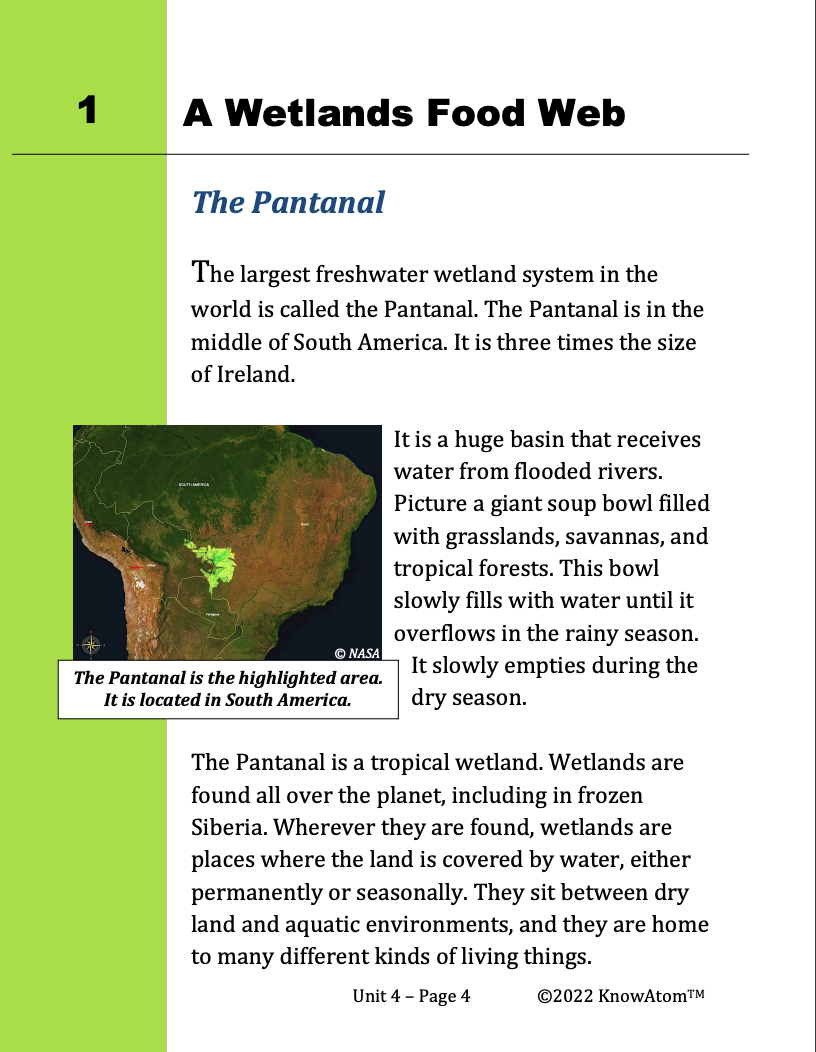
In this unit, students analyze how living things have specific structures that allow them to function in different environments. They trace how energy flows through a tropical wetland food web, and then test how temperature affects a plant’s ability to transpire through its leaves, affecting its ability to grow. This page is a high-level extract of this lesson on plant structures.
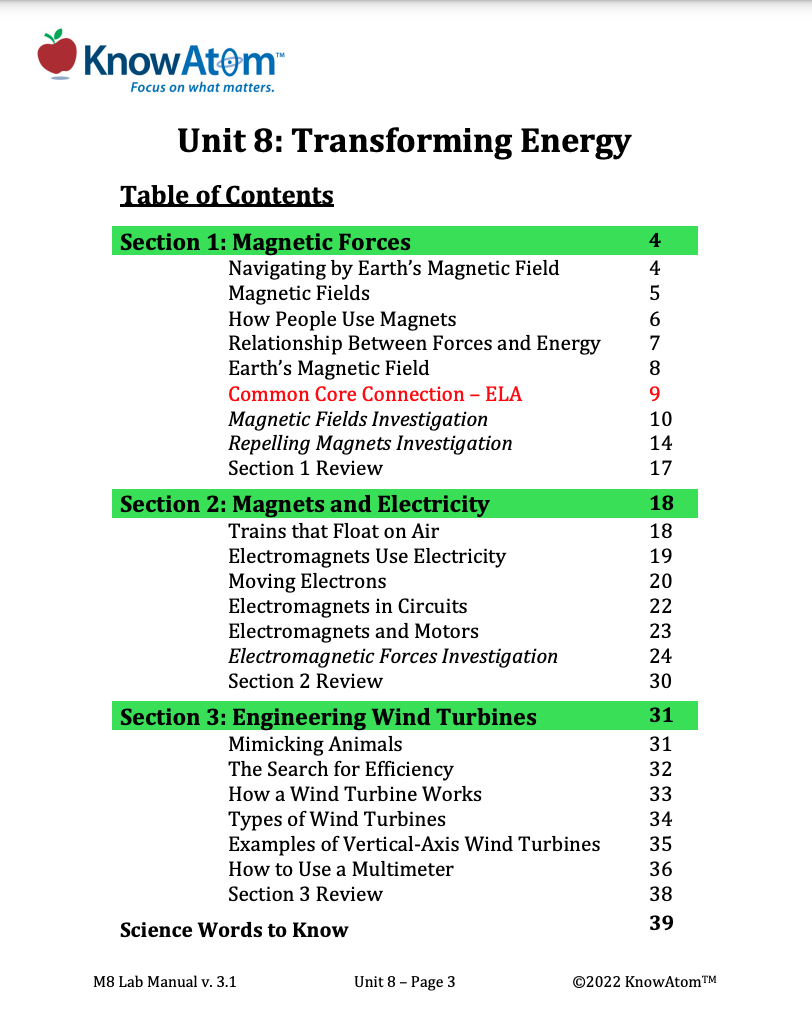
In this unit, students learn about science phenomena related to ecosystems, studying how all living things interact with and depend on other living things and the environment for survival. In this lesson, students explore how humans can create solutions to protect ecosystems by designing an engineering solution for coastal erosion.This page provides an overview of this lesson.
.png)
In this unit, students focus on interactions between the hydrosphere and the geosphere as they explore the phenomena of groundwater in human development. For this lesson, they engineer a water filtration device to treat samples of simulated polluted stormwater runoff. This page highlights key components of this lesson.
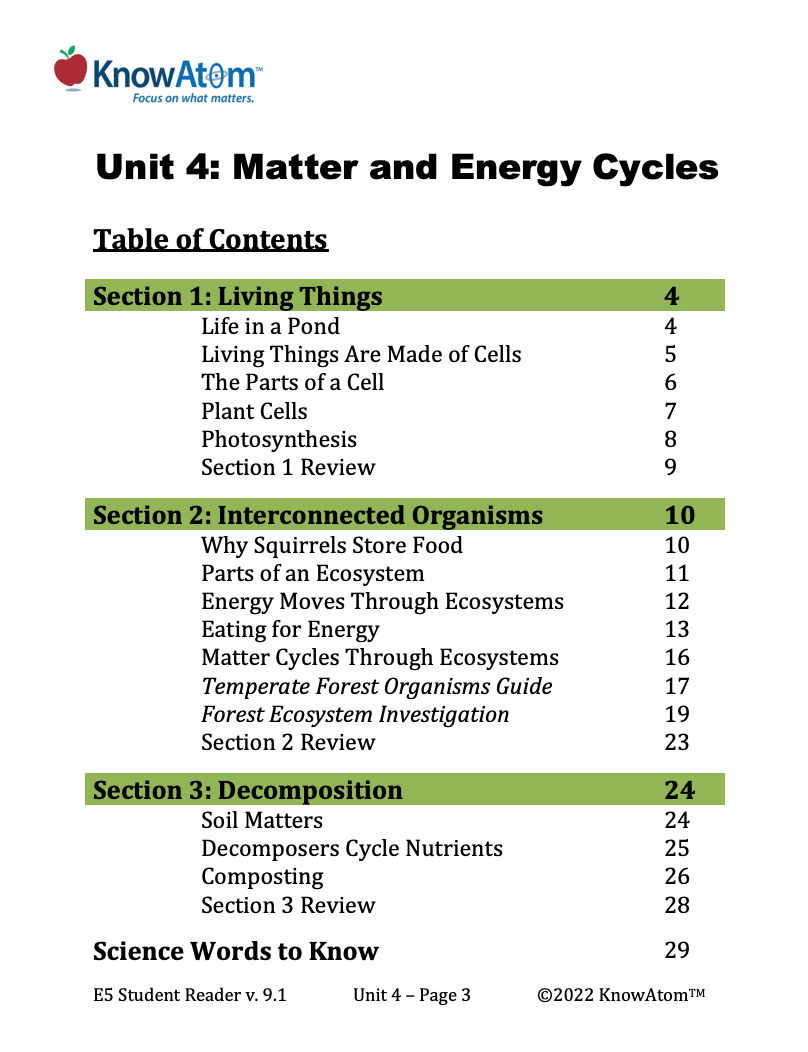
In this unit, students focus on the biosphere, analyzing how living things interact with one another and their environment for survival. In this lesson, students figure out the science phenomenon of how plants gather energy and nutrients. This page is a high-level extract of this lesson.
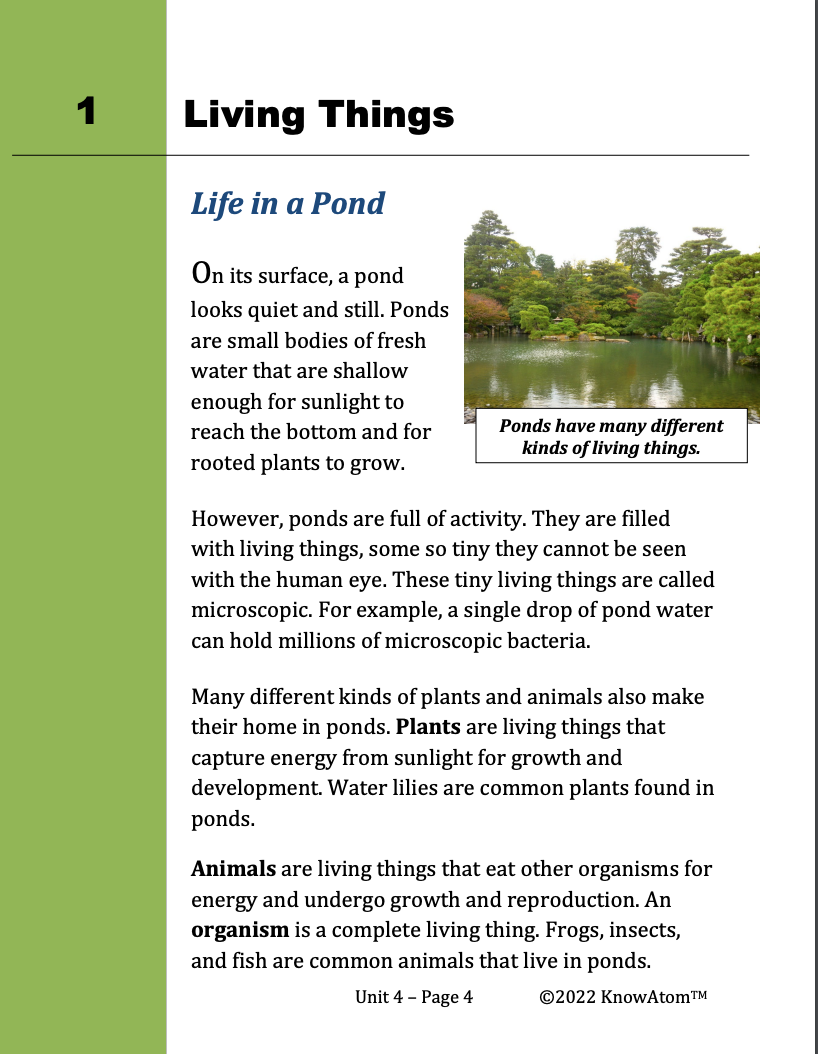
In this unit, students analyze how matter cycles between the living and nonliving parts of an ecosystem. They compare plant and animal cells, figuring out how internal structures help an organism get energy. Then, in this lesson, students figure out how energy flows and matter cycles through a food web, and investigate the phenomena of how plants convert non-food sources, such as light, air, and water, into food sources. This page showcases key elements of this lesson.
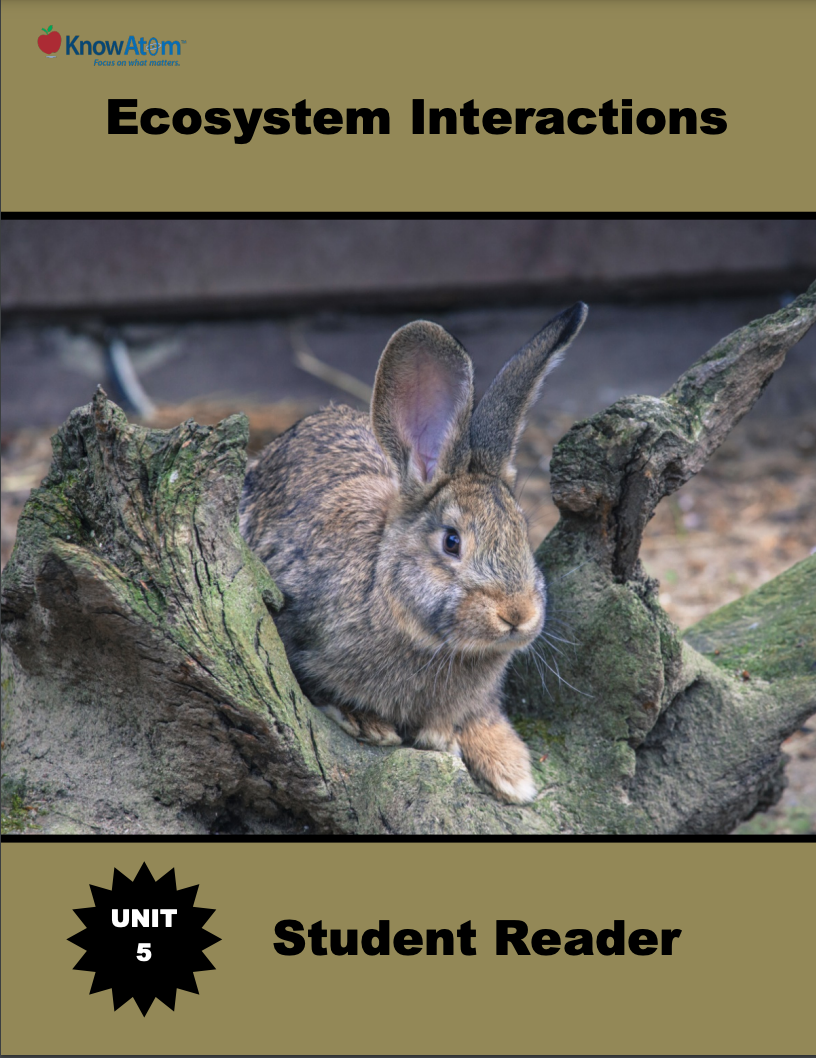
In this unit, students focus on how environmental changes impact the ability of organisms to survive, grow, and reproduce, passing their traits on to future generations. In this lesson, students continue their analysis of how a plant’s structures allow it to grow and develop, focusing on how a change in the environment such as pollution can impact a plant’s ability to complete its life cycle. Specifically, students investigate how acid rain affects the external structures of aquatic plants. This page provides an overview of this lesson.
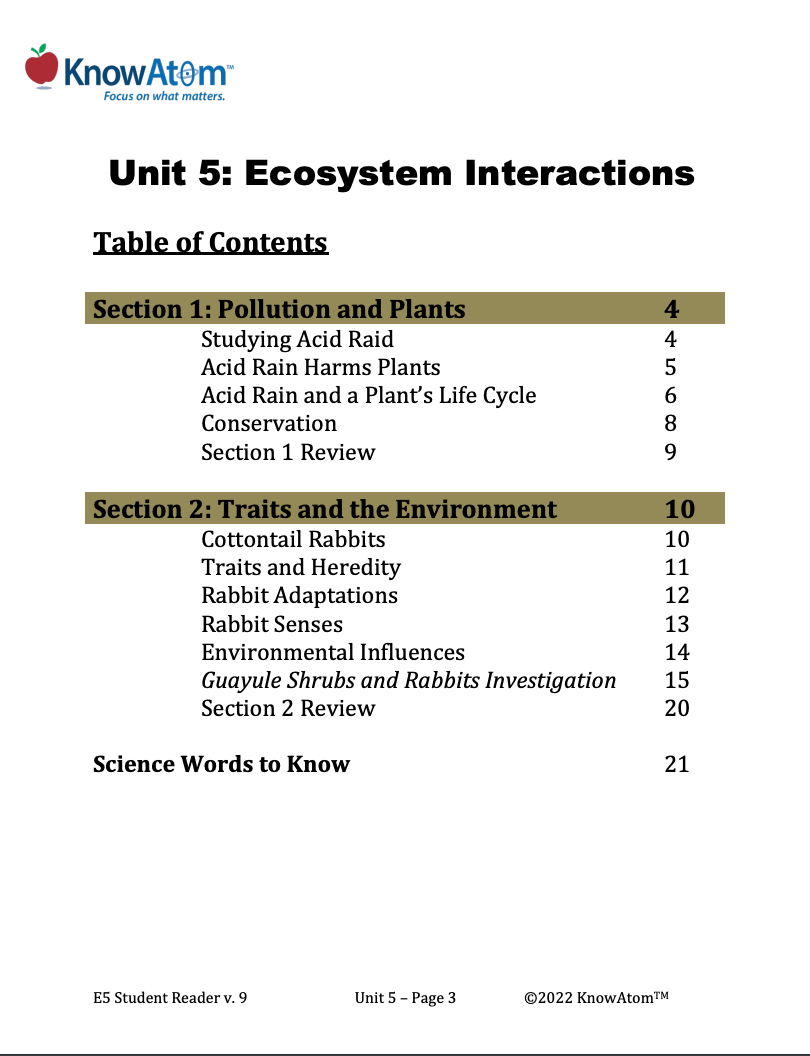
In this unit, students evaluate the science phenomena of how a change to an ecosystem can impact the living things that make it up. In this lesson, students explore how a change to the kind of plants in an environment results in a ripple effect phenomena on predation in the area. This page is a high-level extract of this lesson.
Standards citation: NGSS Lead States. 2013. Next Generation Science Standards: For States, By States. Washington, DC: The National Academies Press. Neither WestEd nor the lead states and partners that developed the Next Generation Science Standards were involved in the production of this product, and do not endorse it.
